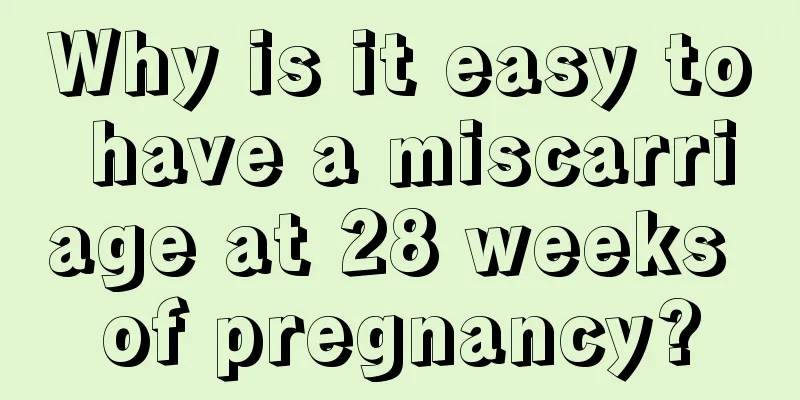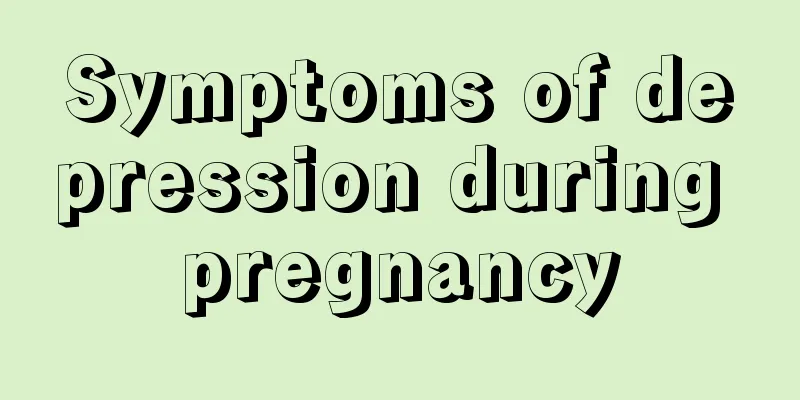Does adnexitis hurt?

|
The female reproductive system is very vulnerable to damage, causing women to suffer from gynecological diseases, which greatly disrupts their lives. There are many types of gynecological diseases, and diseases represented by adnexitis bring great pressure to women's lives, because adnexitis may make it difficult for women of childbearing age to become pregnant and may also cause physical pain. Let’s take a look at whether it hurts to have adnexitis. Adnexitis is a relatively common gynecological disease involving inflammation of the fallopian tubes and ovaries. Adnexitis is divided into chronic adnexitis and acute adnexitis, among which chronic adnexitis is the most common. Many patients with adnexitis have symptoms of abdominal pain and have always thought that this is a gastrointestinal problem. In fact, it is a symptom caused by adnexitis. First of all, adnexitis does cause abdominal pain, the most common of which are lower abdominal pain, lumbar pain, and vulvar pain. These pains vary in severity, amplitude and duration, depending on each woman's physical condition and the pathogen causing the condition. The symptoms of acute adnexitis are more obvious, often manifested as sudden fever, chills, and severe lower abdominal pain. Chronic adnexitis sometimes only causes abdominal pain on one side, or dull pain, accompanied by symptoms such as increased vaginal discharge and menstrual disorders. In addition, adnexitis is extremely harmful. If not treated in time, acute adnexitis will develop into chronic adnexitis. At this time, the difficulty of treatment will increase, and severe adnexitis may affect women's pregnancy. Therefore, female patients should receive timely treatment after suffering from adnexitis to avoid delaying the disease and missing the best treatment opportunity. Secondly, among the female internal reproductive organs, the fallopian tubes and ovaries are called appendages. Adnexitis refers to inflammation of the fallopian tubes and ovaries. However, fallopian tube and oophoritis are often accompanied by uterine connective tissue inflammation and pelvic peritonitis, and are difficult to distinguish during diagnosis. Among pelvic organ inflammations, salpingitis is the most common. Due to the close relationship between the anatomical parts, salpingitis, oophoritis, and pelvic peritonitis often coexist and affect each other. In addition, adnexitis can indeed cause abdominal pain. Some patients take antibiotics without authorization when they feel uncomfortable in their stomach. Long-term use can cause vaginal flora imbalance, resulting in increased vaginal secretions. At this time, you should go to the hospital for treatment to rule out candidal vaginitis. |
<<: Sudden bleeding half a month after miscarriage
Recommend
Can I drink soy milk during my period?
Women actually need a lot of nutritional suppleme...
What medicine should women take for small intestine fire
What are some folk remedies for small intestine f...
How can I prevent myopia from getting worse?
One minute with the doctor, the postures are cons...
Is being hungry a sign of early pregnancy?
In the early stages of pregnancy, women will have...
What to do if the wound from a normal delivery is itchy
Why does the wound from a normal delivery feel it...
How to calculate ovulation period
Have you ever used the method of calculating the ...
Menstruation is dark and less than blood
Normal menstruation is dark red and not clotted. ...
What are the causes of postpartum ovarian cysts?
Family planning is implemented in today's soc...
Those "false alarms" in gynecological examination reports
Content from : Gu Zhuowei Shanghai Renji Hospital...
Why does breast tenderness occur before period?
Breast pain is a gynecological disease and many w...
With a "click", the orthopedic surgeon broke his own bone
Recently, an orthopedic surgeon in Henan Province...
Do you think headaches and nausea are neurological diseases? Don’t ignore the dangers of glaucoma!
In daily life, many people go to the neurology de...
Why do I have leg pain every time I have my period?
Many women feel leg pain during their menstruatio...
Pregnant woman feels dizzy and weak
We all know that it is very normal for pregnant w...
Can pregnant women use 75% alcohol for disinfection?
Pregnant women are a relatively special group of ...









